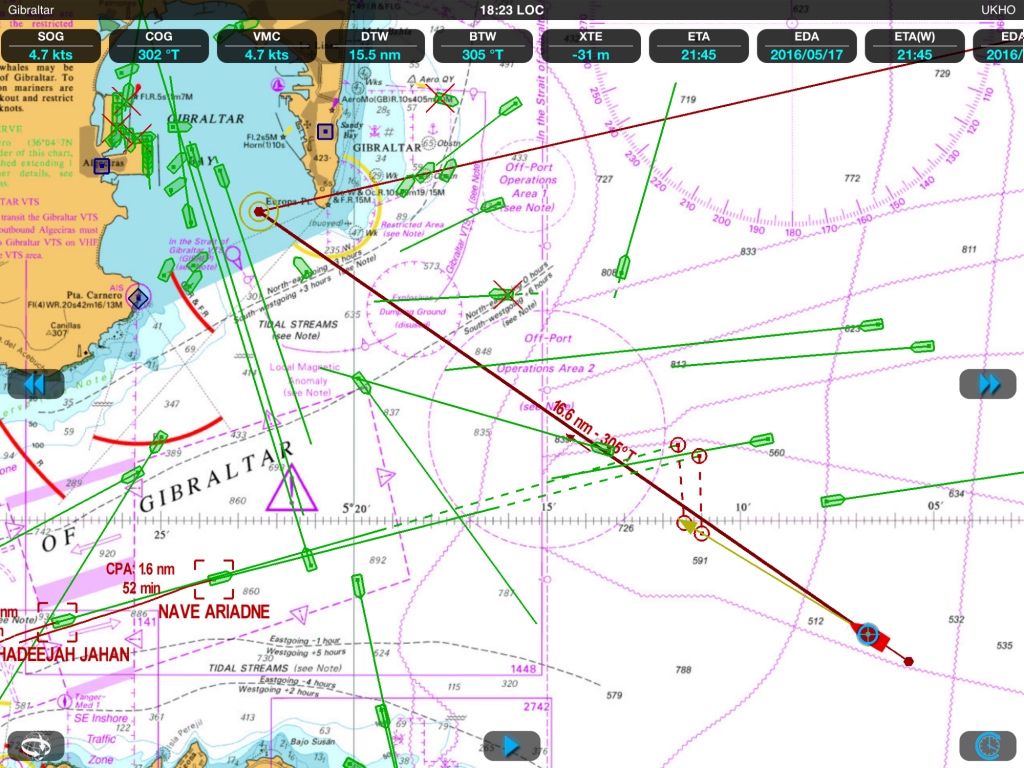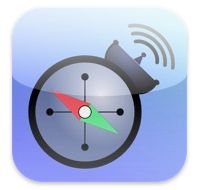Less than a month before the launch by Ariane 5 of four new satellites carrying the GALILEO constellation to 18 satellites, manufacturers of tracking components have already presented their new tracking chips supporting European GNSS. This allowed the Spanish company BQ to offer the first “Galileo-ready” smartphone at the beginning of September., equipped with processor Qualcomm Snapdragon 652, l’Aquarius X5 Plus.
We might have expected to find the same chip in the iPhone 7 from Apple, which has since fitted the iPhone 4S and the iPad 3 all of its mobile devices with Qualcomm communications processors, integrating GPS reception (US) and GLONASS (Russian), it's nothing. With this latest smartphone, Apple reconnects with Broadcom, sidelined since 2012 to perform these functions, by integrating a chip BCM47734.
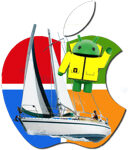
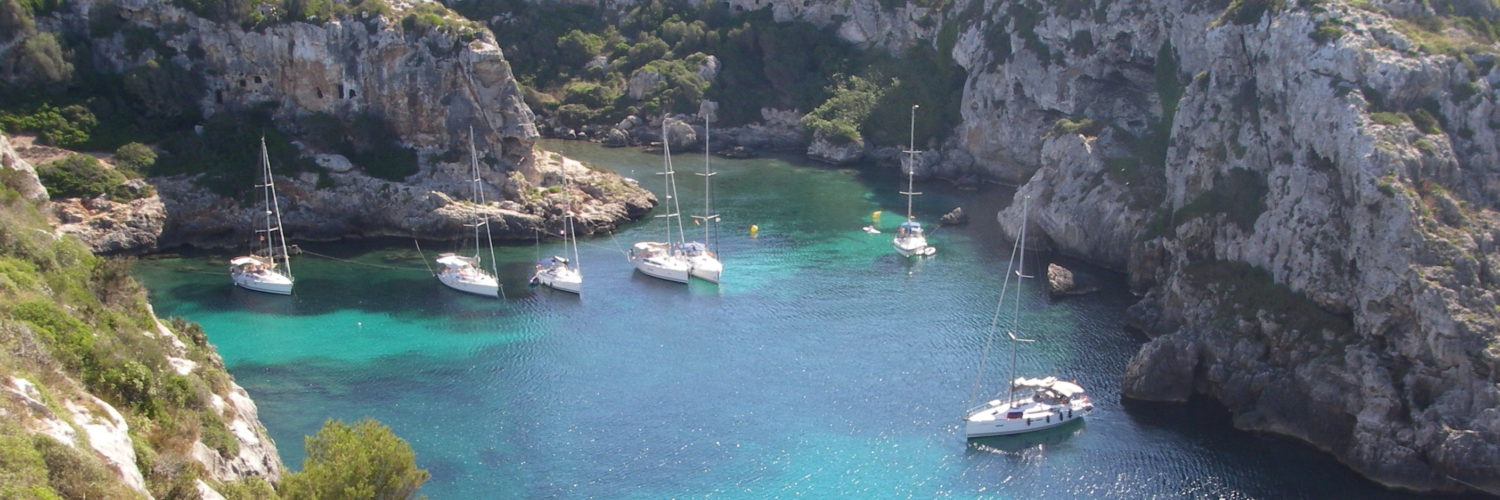
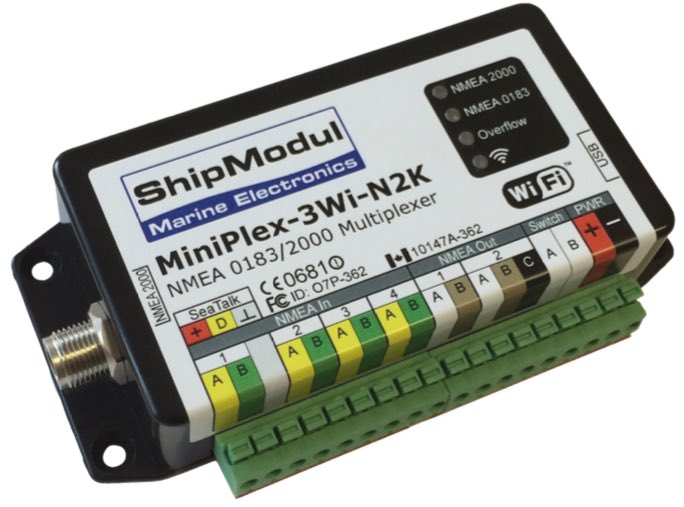
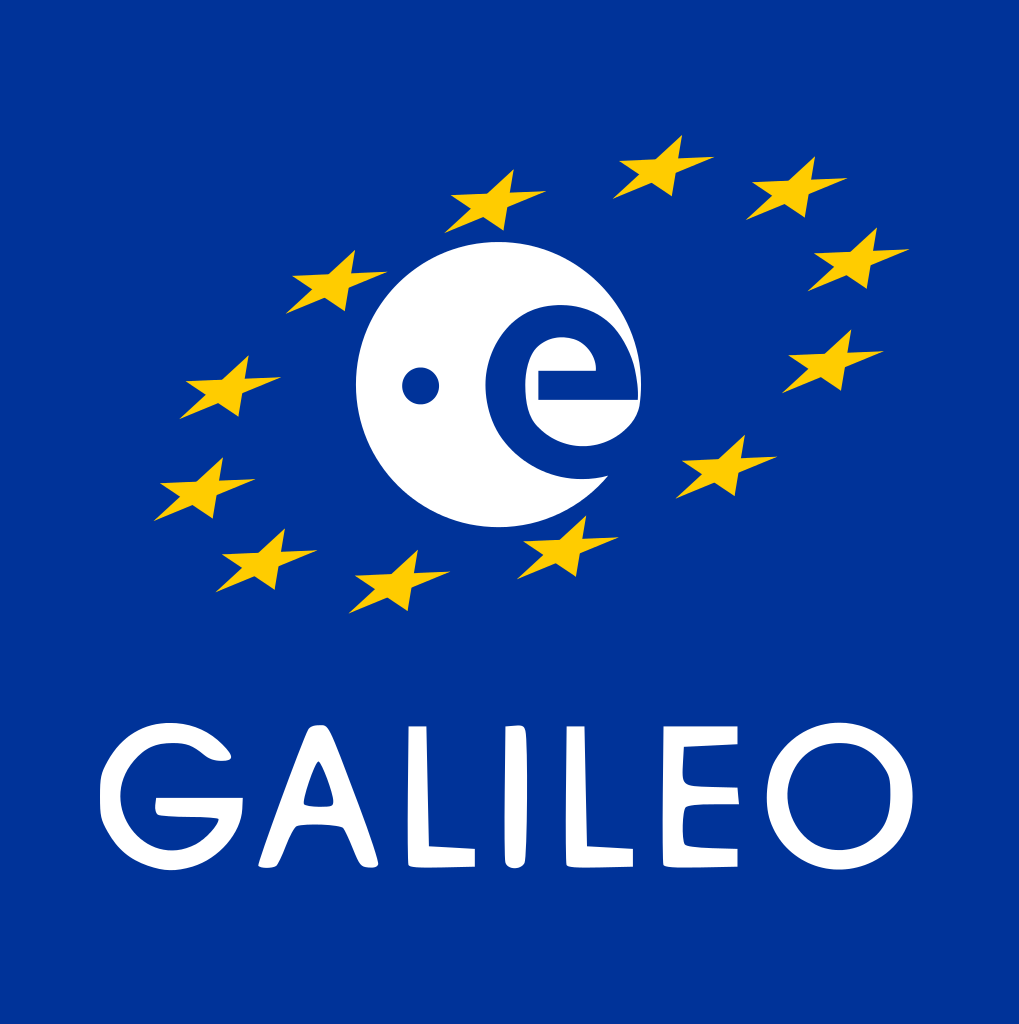 Since my first post on GALILEO end 2011 (
Since my first post on GALILEO end 2011 (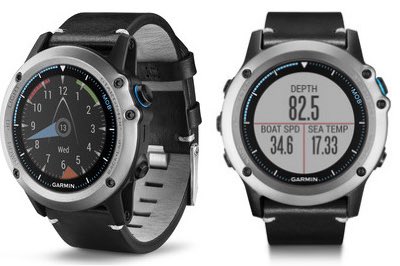

 In recent years, websites allowing the visualization of maritime traffic have developed on the web.. They continuously transmit via the internet the positions received from the ships' AIS transmitters, received by reception bases on land, all along the coasts. Two of them caught my attention because they present very different options : Marine Traffic et SiiTech.
In recent years, websites allowing the visualization of maritime traffic have developed on the web.. They continuously transmit via the internet the positions received from the ships' AIS transmitters, received by reception bases on land, all along the coasts. Two of them caught my attention because they present very different options : Marine Traffic et SiiTech. 